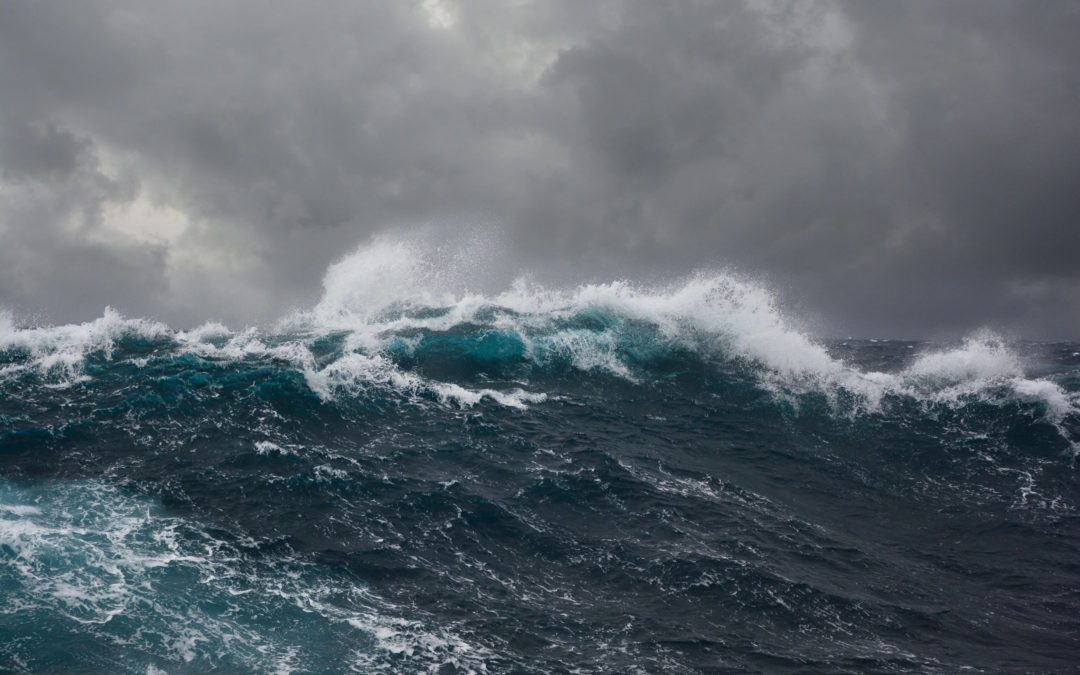by Seth M. Bostrom and Joseph M. Sauer
The Patent Trial and Appeal Board (PTAB) recently designated as informative three cases involving discretionary denial of inter partes review under 35 U.S.C. § 325(d). We previously profiled the case of Hospira, Inc. v. Genentech, Inc., IPR2017-00739, here, and Unified Patents, Inc. v. Berman, IPR2016-01571, here.
The third case in this informative trio is Cultec, Inc. v. StormTech, LLC, IPR2017-00777 (PTAB Aug. 22, 2017) (Paper 7), involving Cultec’s petition for inter partes review (IPR) of all claims in U.S. Patent No. 9,255,394 B2 (the ’394 patent). The ’394 patent discloses a stormwater management system that includes “arch-shaped, molded plastic, corrugated, sheet material to define a ‘storm chamber’ . . . . buried beneath the ground to define void spaces that collect stormwater.” Petitioner, Cultec, Inc., asserted grounds of unpatentability under § 103(a), challenging Claims 1-20 in the ’394 patent. StormTech, the Patent Owner, wrote in its preliminary response to the PTAB that “[t]he Board should deny institution of Grounds 1-4 [in Cultec’s petition for inter partes review] because the Patent Office already considered their art and arguments.” This argument by StormTech was quoted in the PTAB’s informative decision denying Cultec’s petition. Specifically, the decision states that Patent Owner StormTech relies on 35 U.S.C. § 325(d) and confirms that “[i]t is beyond dispute that Cobb and Fouss [the prior art cited by petitioners] were presented to, and considered by, the Office.”
A key point of discussion in the Cultec decision was a third party submission filed in 2015 pursuant to 37 C.F.R. § 1.290 in the original patent application that matured into the ’394 patent. This third party submission presented a patent known as the Cobb patent for consideration by the Examiner (see Cultec decision at 8). The submission was filed by an attorney named Stephen McNamara, whom the decision states is now lead counsel for Cultec in its present IPR Petition.
The Cultec decision concludes that the patent Examiner was aware of this third party submission and the Cobb patent, evidenced by the Examiner’s signature below an indication that all documents were considered. Further, the third party submission contained a claim chart comparing sections of the Cobb patent with clauses from the then-pending application. In Cultec’s IPR Petition, Cultec also submitted a claim chart, which the PTAB characterizes as “an expanded version of the claim chart submitted with the Third Party Submission” and while acknowledging that the Petition claim chart “adds copies of cited figures . . . and expanded explanations, [the] basic citations to columns, lines, and figures from Cobb are substantially the same.”
Overall, the trio of Cultec, Hospira and Unified Patents shows that the PTAB will now engage in a detailed comparison of the prior art submitted during original prosecution with the arguments set forth in an IPR Petition. Unlike the decisions in Hospira and Unified Patents, however, the Cultec decision supports its conclusion that the Examiner considered the relevant prior art during original prosecution based in large part on the Examiner’s initials appearing on the Third Party Submission. It remains unclear whether this same analysis would apply to prior art that is merely submitted in an IDS by the applicant and not relied upon by the Examiner. Nonetheless, in view of Cultec, practitioners preparing an IPR Petition should be hesitant to rely exclusively on prior art that was cited during original prosecution.
Latest posts by Joe Sauer (see all)
- PTAB Allows Supplemental Information Request To Fly - April 13, 2022
- PTAB Denies IPR Institutions Without Patent Owner Rebuttal Evidence - November 15, 2021
- Government to Request Arthrex Rehearing; Rush for Remands Slowed - November 20, 2019

